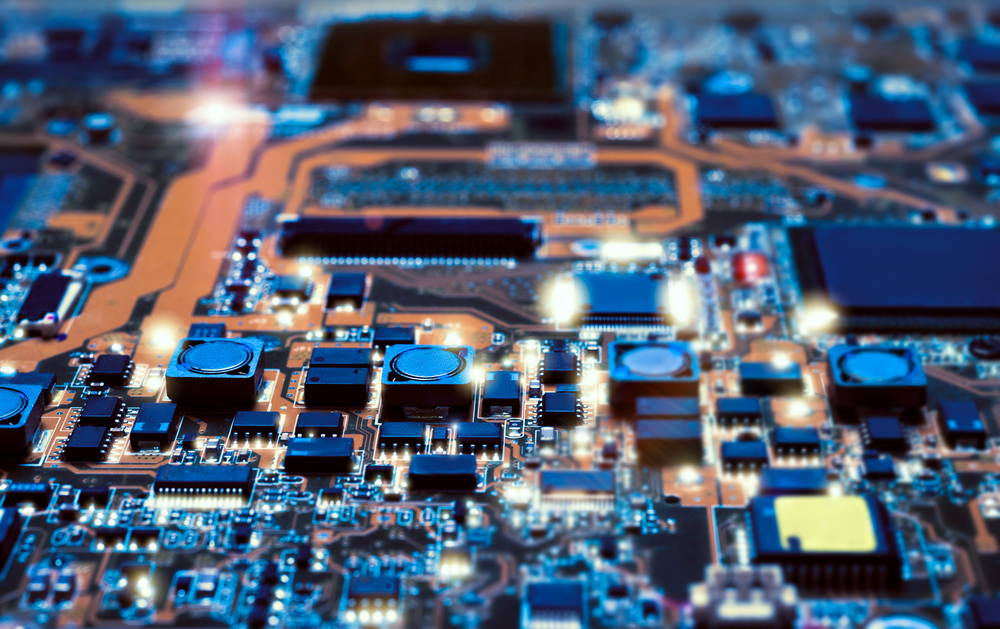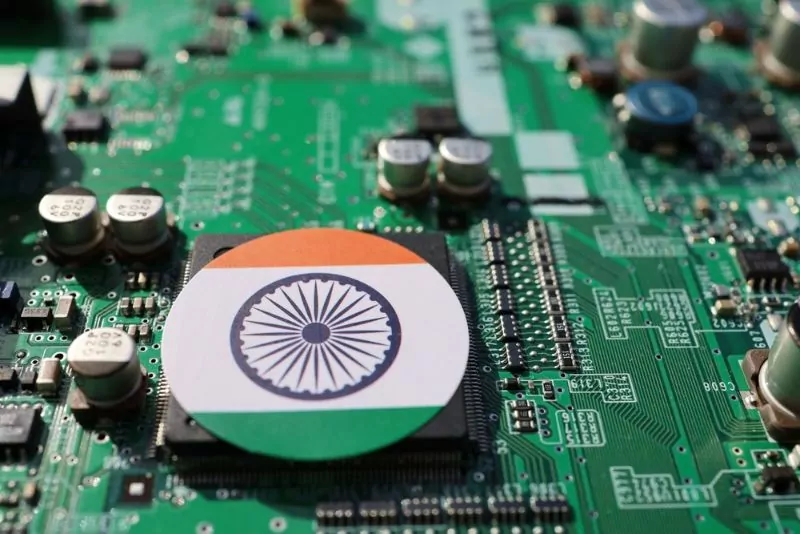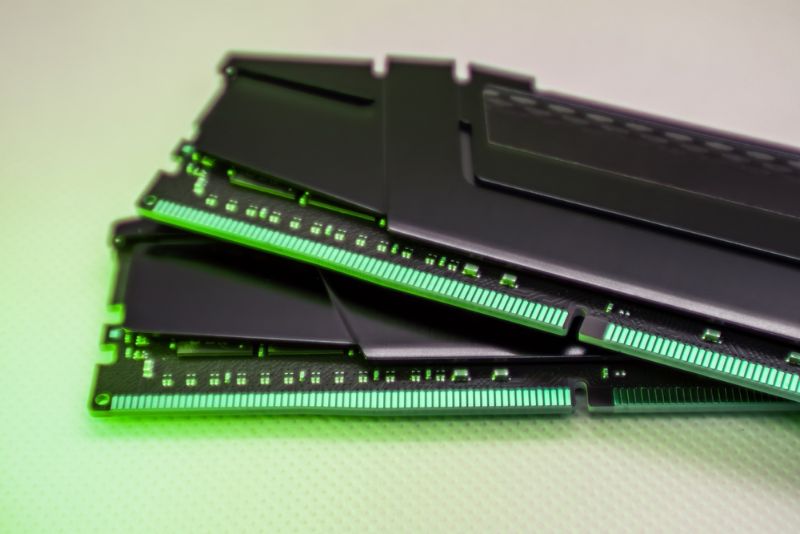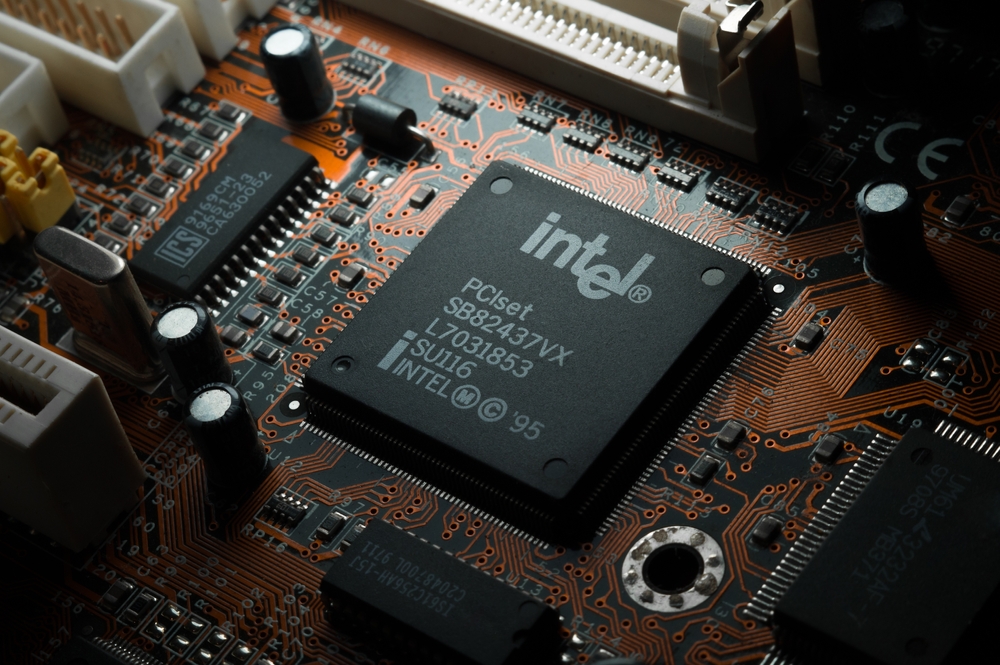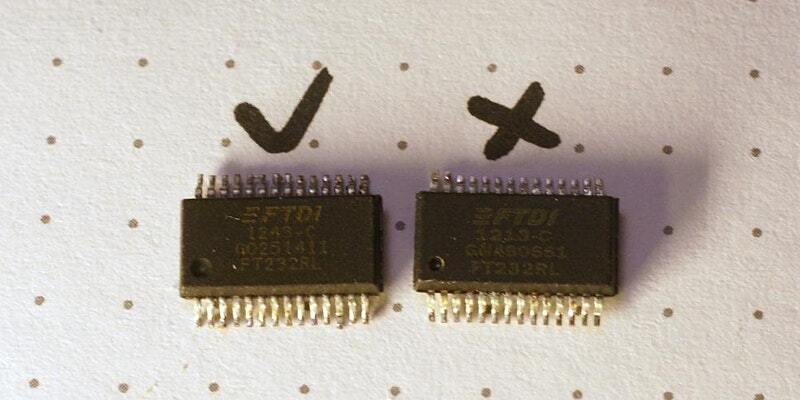Simply put, TLC flash packs more data into the same footprint as existing forms of flash chip and in so doing brings down the cost.
When it comes to increasing SSD hard drive capacity, choosing the correct flash memory would be an essential factor.
Current SSDs use the NAND flash storage, whose building blocks are the memory cell, but anybody who has ever Googled industrial-grade flash storage, like ‘Innodisk flash memory’, will have discovered there are several types, commonly SLC, MLC, TLC, and QLC. What do they mean and what’s the difference?
There are base units onto which data is written in an SSD and each memory cell accepts certain amounts of bits. A single-level cell (SLC) can store only one bit of information per memory cell, whereas a multi-level cell (MLC) is capable of storing more than a single bit, although in practice it has come to mean a ‘two-level’ cell. TLC, whose full name is the Triple-Level Cell, stores three bits of information per cell. In addition, TLC is the most common type of SSD.
Simply put, SLC, MLC, and TLC represent three distinct types of memory cell architectures, each with their own set of strengths and weaknesses. Which flash type to pick depends entirely on how and where the flash storage device will be used.
When using the single-level cell architecture, there is only one way to increase the capacity in a flash storage device: increasing the number of memory cells. However, increasing the number of memory cells only takes you so far before you start getting constrained by factors like size.
The multi-level cell (MLC) architecture tackles this challenge by allowing each cell to store twice as many charge states. In contrast to the SLC architecture, MLC flash differentiates between four different charge states, and interprets each as a 2-bit data string (11, 01, 00, 10) – allowing each cell to store twice as much information as in SLC flash. In other words, the number of cells that can store 8 GB of data when using SLC can store 16 GB when using MLC flash.
TLC flash packs more data into the same footprint
With the triple-level cell architecture, the flash can keep track of double the number of cell charges as with MLC, or four times as many as with SLC. The result is 50% higher storage capacity without increasing the number of cells compared to MLC memory. Simply put, TLC flash packs more data into the same footprint as existing forms of flash chip and in so doing brings down the cost.
3D TLC – The next leap
With a higher number of switching possibilities, TLC runs into physical barriers at small die sizes so the pioneering solution is to stack larger dies on top of each other and thereby create a 3D TLC. This is the next leap in flash storage technology, providing an overall higher performance solutions for:
- Faster speeds
- High capacity
- Space constraints
- Shock vibration concerns
- Wide-temperature ranges
